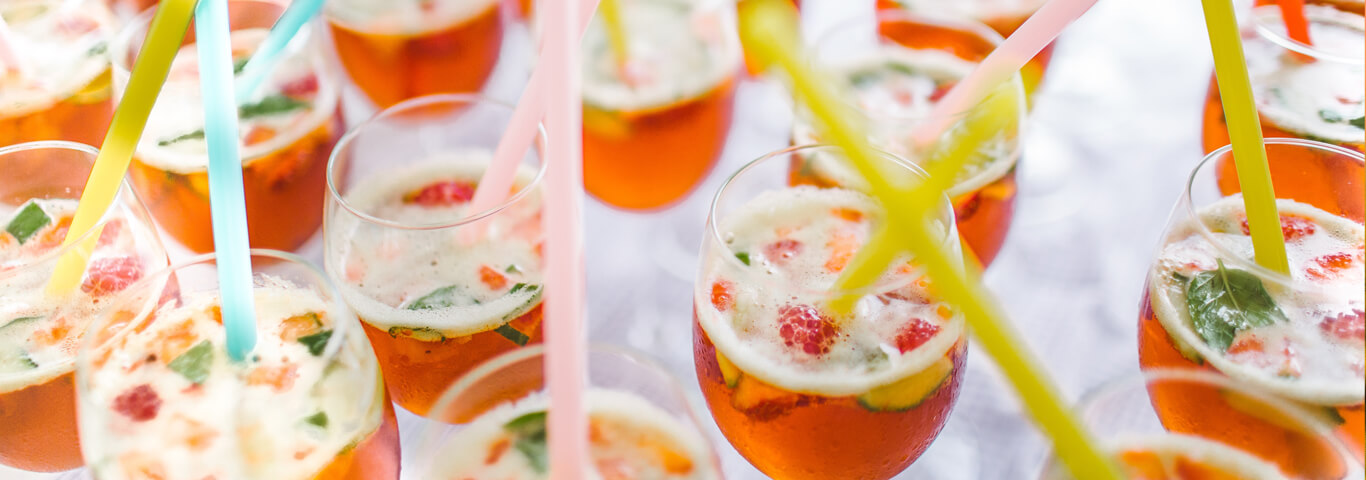Sugary Drinks: Not So Sweet After All
The World Health Organization recommends reducing sugar intake to 10% of daily energy intake—in other words, 200 of the 2,000 calories that you consume in the day, or 50g of sugar. And lowering that percentage to 5%, or 25g, would be even healthier. That’s barely 6 teaspoons a day!
One thing you quickly learn when living with diabetes is that sugar is everywhere.
Keeping a close watch on what you eat is fine, but applying the same vigilance to what you drink is just as important. Soft drinks are little calorie bombs. Each can has about 150 calories and 40g of carbohydrates, or 10 teaspoons of sugar!
Why not replace them with juice, then? Here’s why not: 100% pure fruit juice may actually contain just as many calories and carbohydrates. What’s more, it has almost no fiber and thus isn’t as filling as fresh fruit.
